The Evolution of User Experience: A Journey from Past to Present
Introduction
User experience (UX) has come a long way since the advent of the first graphical user interface (GUI) in the 1970s. This journey has been marked by significant milestones that have shaped the way we interact with technology today. This article will take you on a journey through the evolution of UX, from its humble beginnings to the sophisticated, immersive experiences that define modern technology.
The Birth of User Experience: Graphical User Interfaces
The story of UX begins with the introduction of the first graphical user interface by Xerox PARC in the 1970s. This groundbreaking innovation allowed users to interact with computers using icons, windows, and menus, rather than typing commands through a command-line interface. The GUI laid the foundation for future UX design by emphasizing the importance of making technology accessible and easy to use.
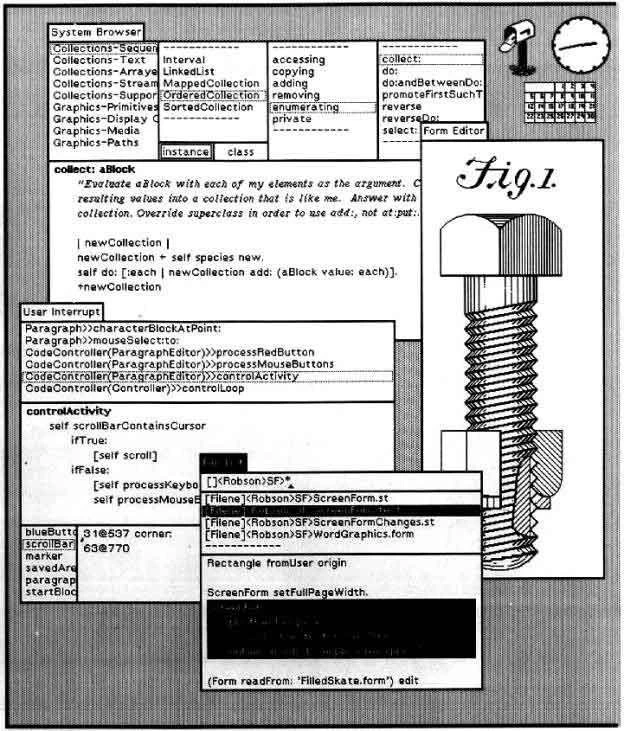
The World Wide Web and the Rise of Web Design
The launch of the World Wide Web in the early 1990s brought about a new frontier for UX design. Websites needed to be visually appealing, easy to navigate, and accessible on various devices. This led to the rise of web design, which focused on creating user-friendly layouts, legible typography, and clear calls-to-action.
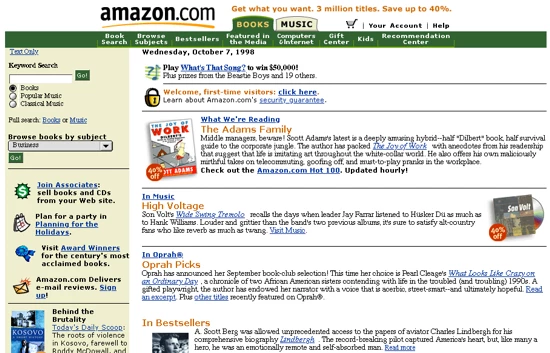
The Mobile Revolution
The introduction of smartphones, led by the iPhone in 2007, brought about another major shift in UX design. As screen sizes shrank and touch interfaces became the norm, designers had to optimize their designs for smaller screens and finger-based interactions. This led to the development of responsive design, which ensures that websites and apps function seamlessly across various devices and screen sizes.
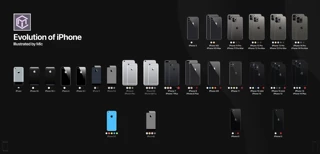
The Era of Personalization
As technology advanced and data collection became more sophisticated, UX designers began to incorporate personalization into their designs. This allowed for more targeted, individualized experiences that catered to users' specific needs and preferences. Websites and apps started to adapt their content and functionality based on users' browsing history, location, and other contextual information.

The Rise of Voice and Conversational Interfaces
Voice assistants like Amazon's Alexa, Google Assistant, and Apple's Siri have become increasingly popular in recent years, ushering in a new era of voice-based UX design. Designers now have to consider how users can interact with their products using natural language and voice commands, rather than relying solely on visual cues.
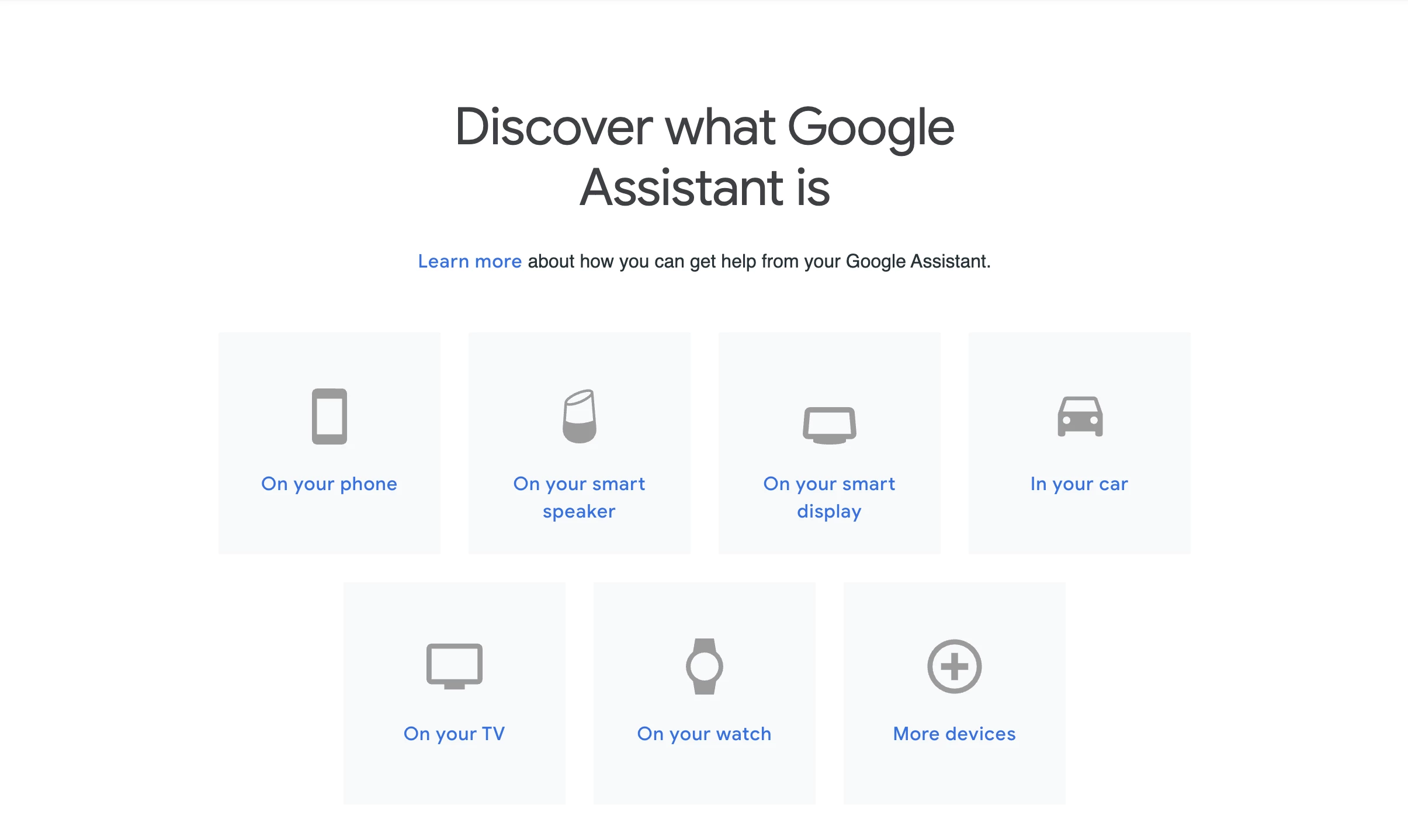
Immersive Experiences: Augmented and Virtual Reality
Advancements in augmented reality (AR) and virtual reality (VR) technology have opened up new possibilities for UX design. These immersive experiences allow users to interact with digital content in new and engaging ways, blurring the lines between the physical and digital worlds. UX designers must now consider how to create intuitive, seamless experiences that integrate with users' surroundings.
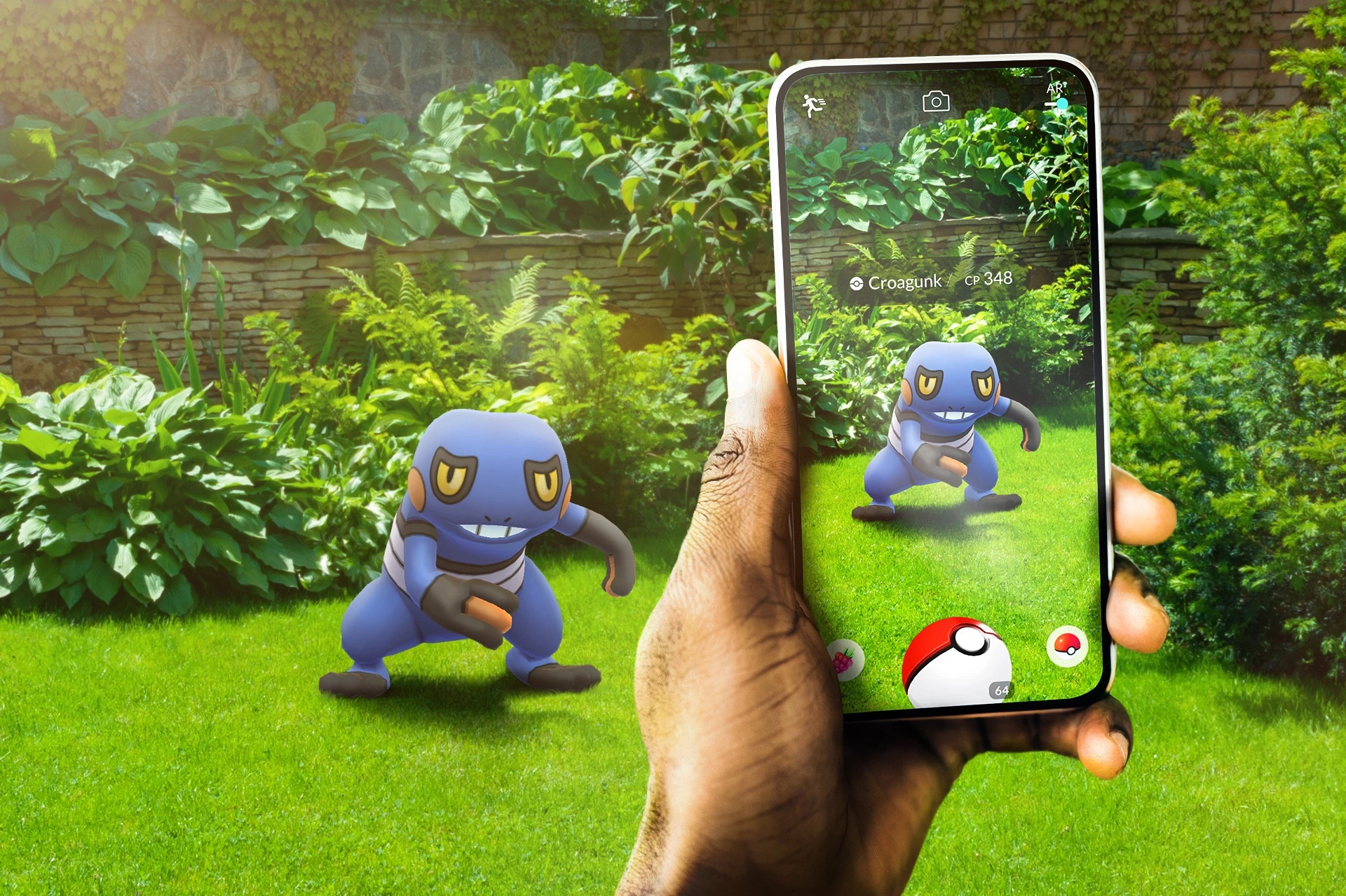
Conclusion
The journey of UX design has been fascinating, marked by significant advancements in technology and a deeper understanding of user needs. As we continue to push the boundaries of what's possible, it's essential for designers to remain adaptable, creative, and empathetic. By doing so, they can continue to create experiences that meet users' needs and delight and inspire them.
